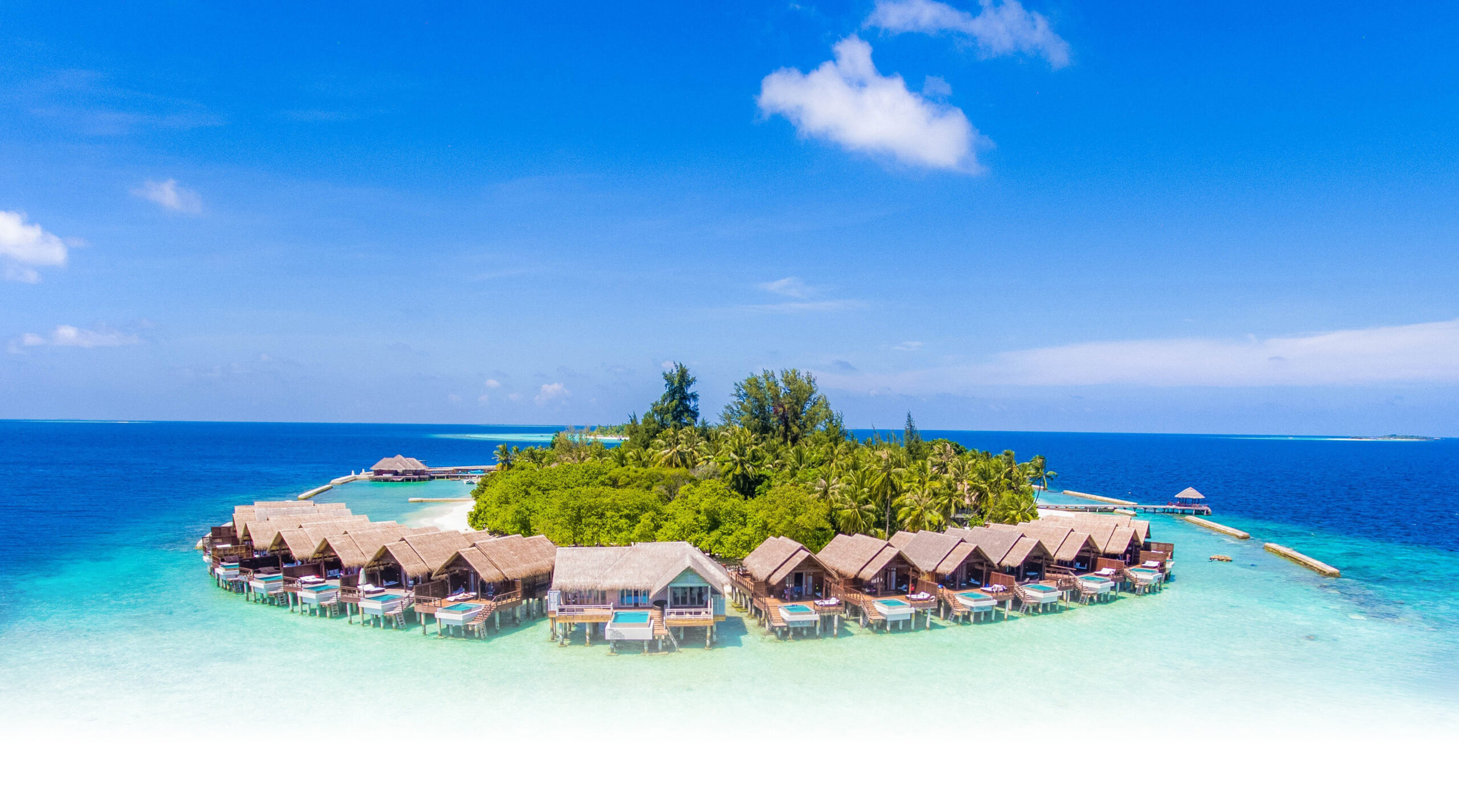Ayada Maldives has announced an offer with a 35% discount on your villa rate alongside a FREE floating breakfast in the private pool of your villa. The resort was recently honored among the Top 25 Most Saved Hotels in the World by TripAdvisor.
The limited-time special offer from Ayada Maldives is available for stays between 1st August & 31st October 2020. Guests can get 1 floating breakfast for 2 people per villa. Likewise, the offer is redeemable on day of choosing, once during your stay.
Ayada Maldives was awarded the “Certificate of Excellence” and “Traveler’s Choice” in 2019. In addition to many more accolades, the resort was honored among the top 25 most saved hotels in the world by TripAdvisor this year. Ayada Maldives is a luxury private island resort offering a truly luxurious retreat with a genuine Maldivian style.
Set in the relatively unexplored Gaafu Dhaalu Atoll in the south of the country, Ayada Maldives boasts 22 spacious villas and suites, all with private pools, butler and thoughtful five-star detailing. Traditional thatched-roof water-villas stand on stilts over the resort’s peaceful lagoon. Meanwhile, beach villas offer absolute privacy amid tropical greenery alongside powder-soft palm-lined white beaches.
Food lovers can explore the six restaurants and bars at the resort. Those seeking complete relaxation will find their haven in the large spa set in beautiful tropical gardens. The Spa boasts Turkish Hammam as well as a Vichy Shower and eight private treatment villas.
The resort is known for its gardens and tropical greenery, which is ringed by a pristine coral reef where dolphins are frequent visitors. Outstanding diving and snorkeling opportunities surround the island on reefs that have barely been visited by humans. Meanwhile, some of the country’s best surfing breaks are just a quick speedboat ride away from the resort.







